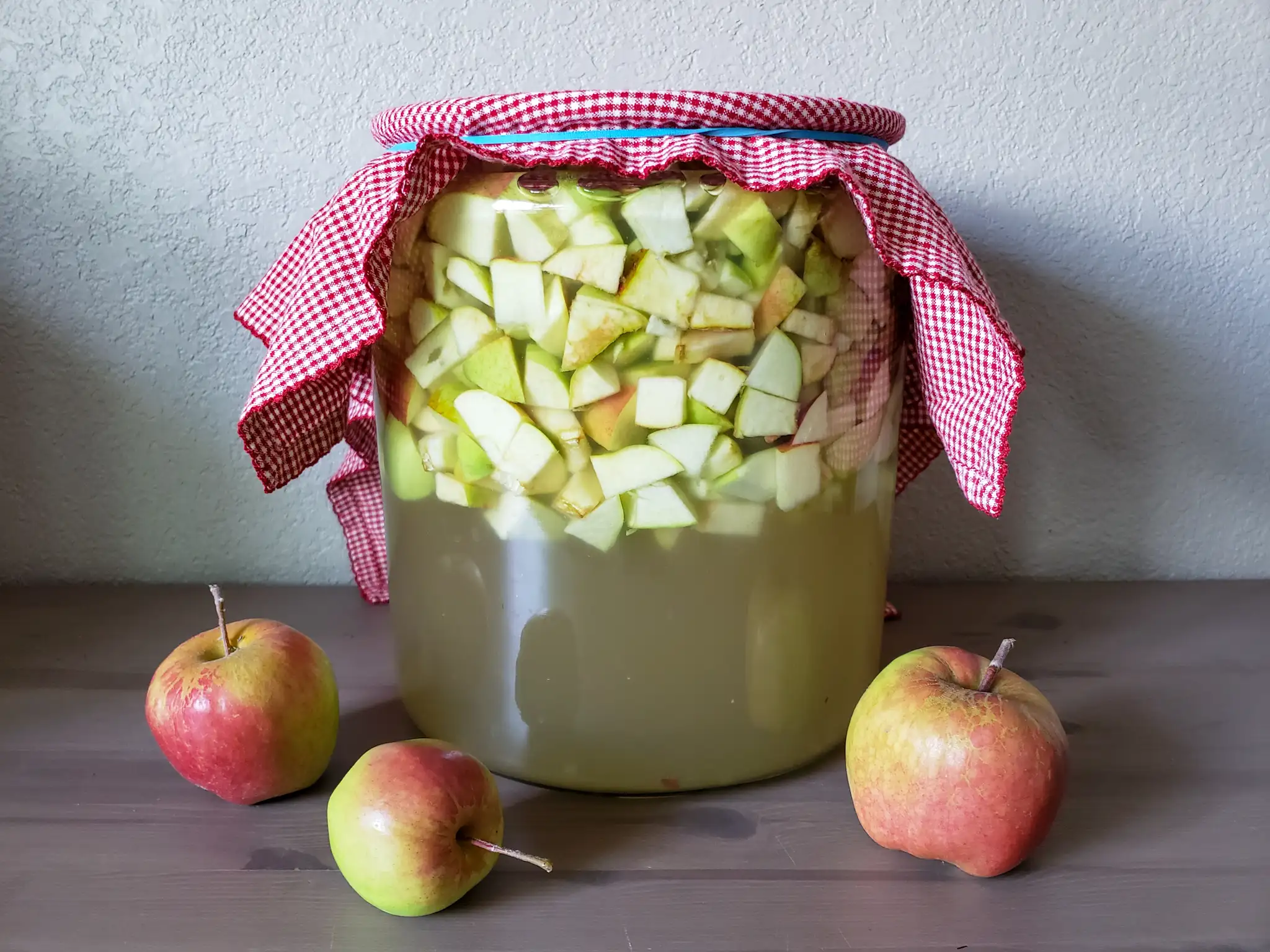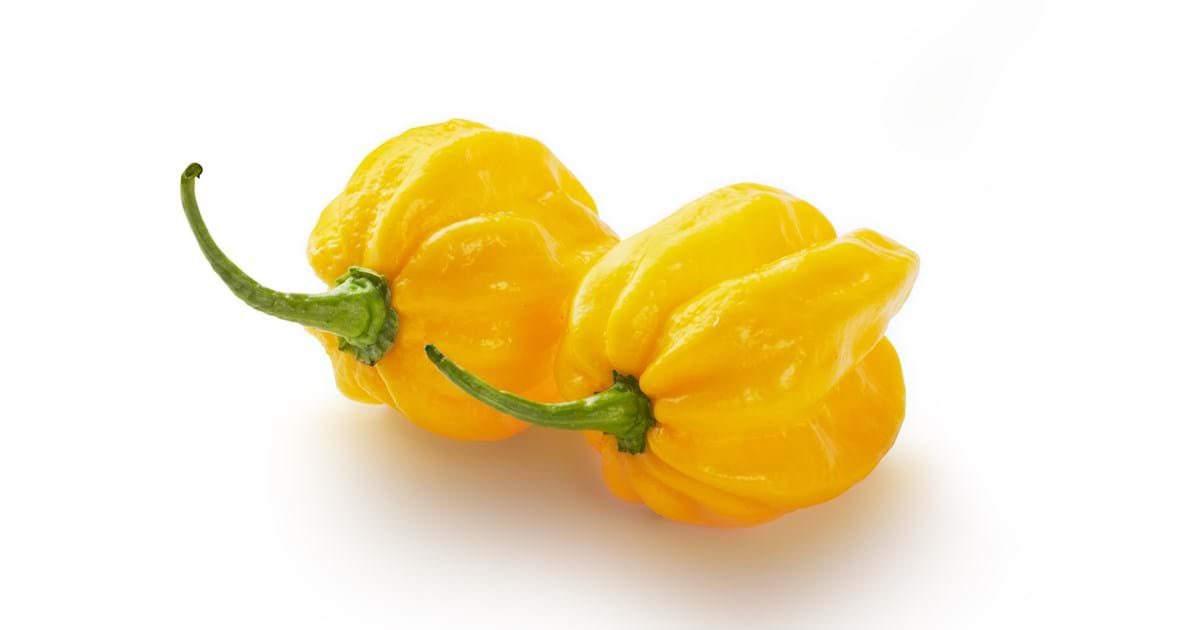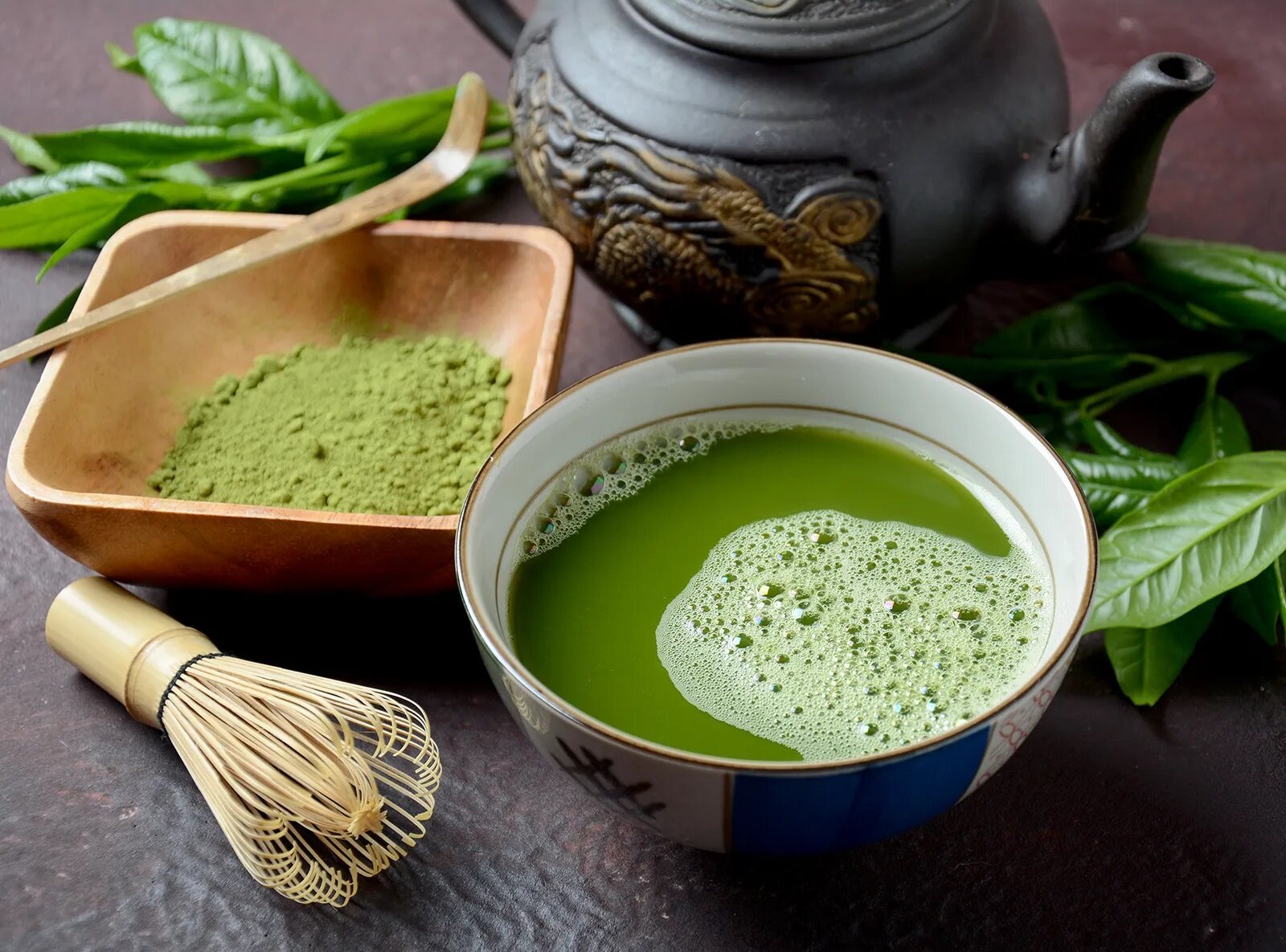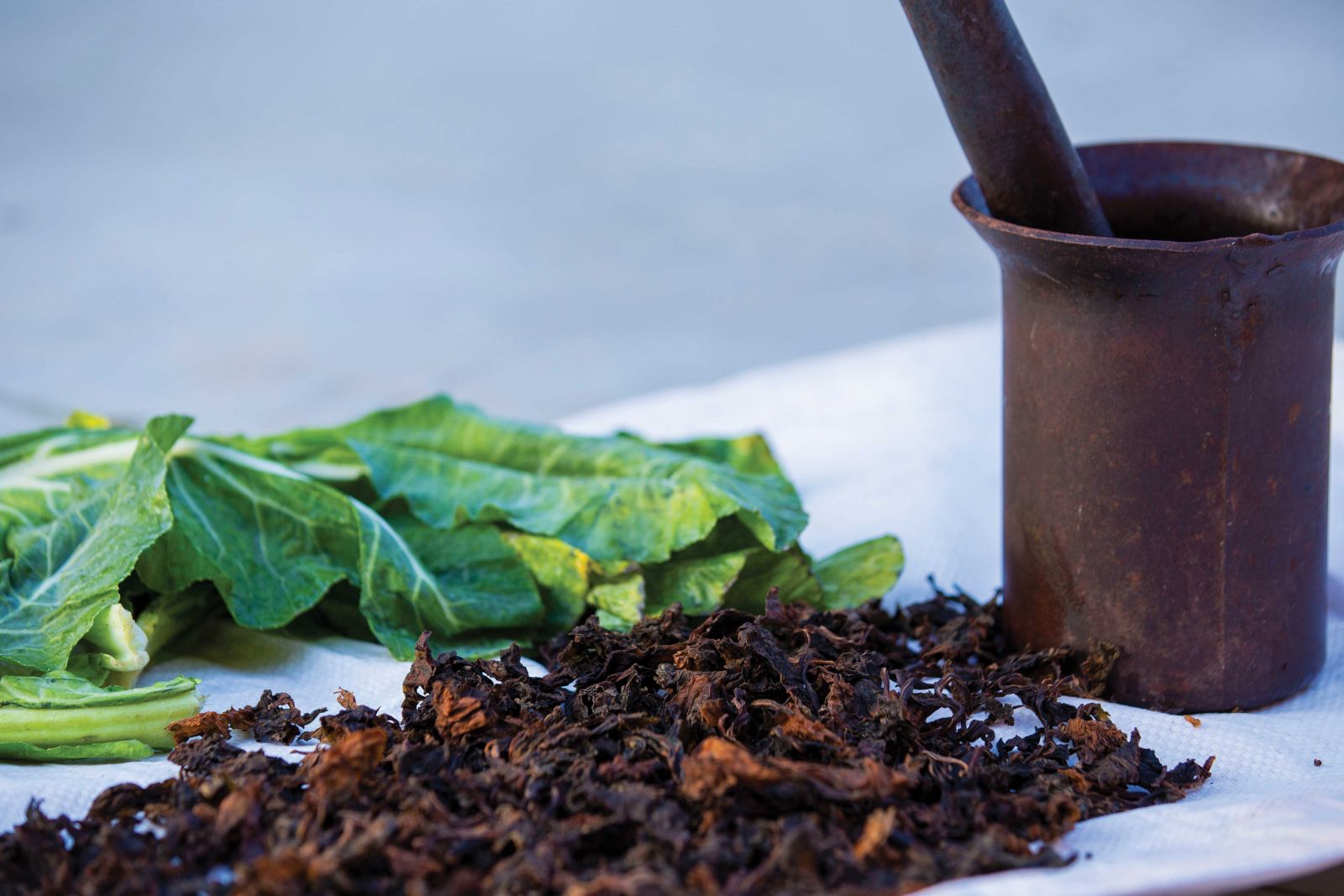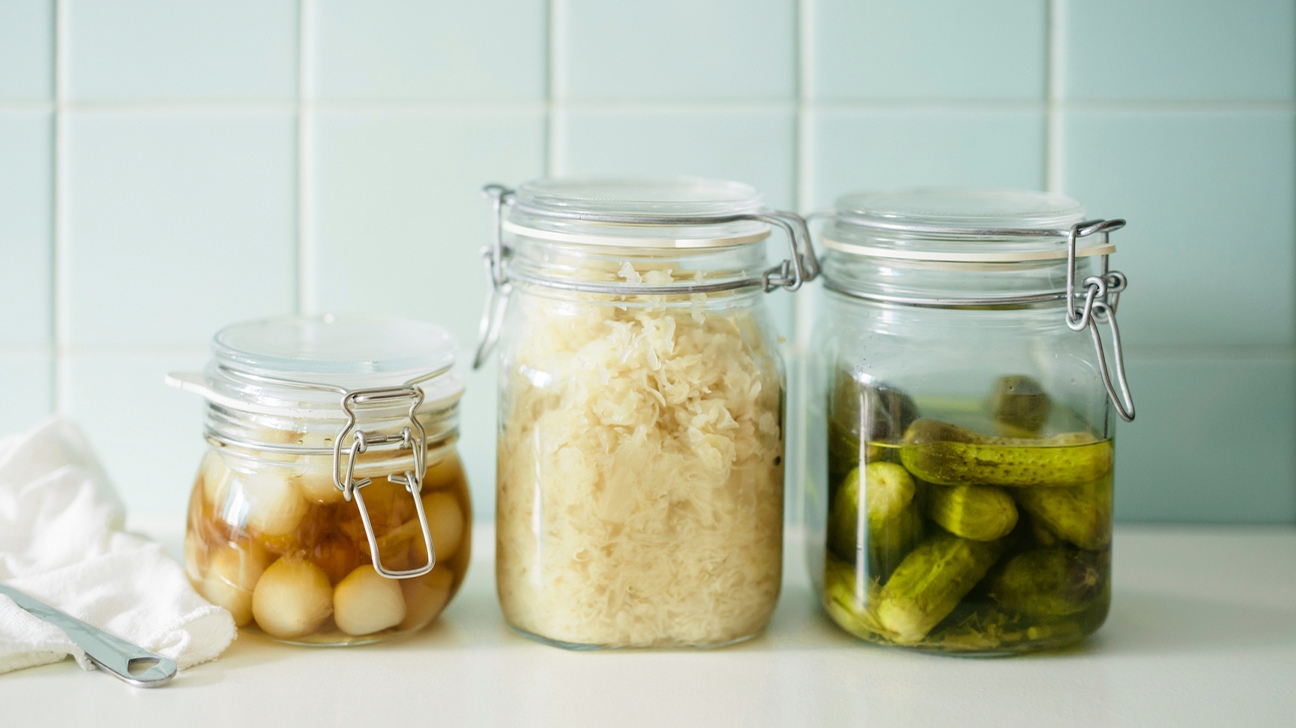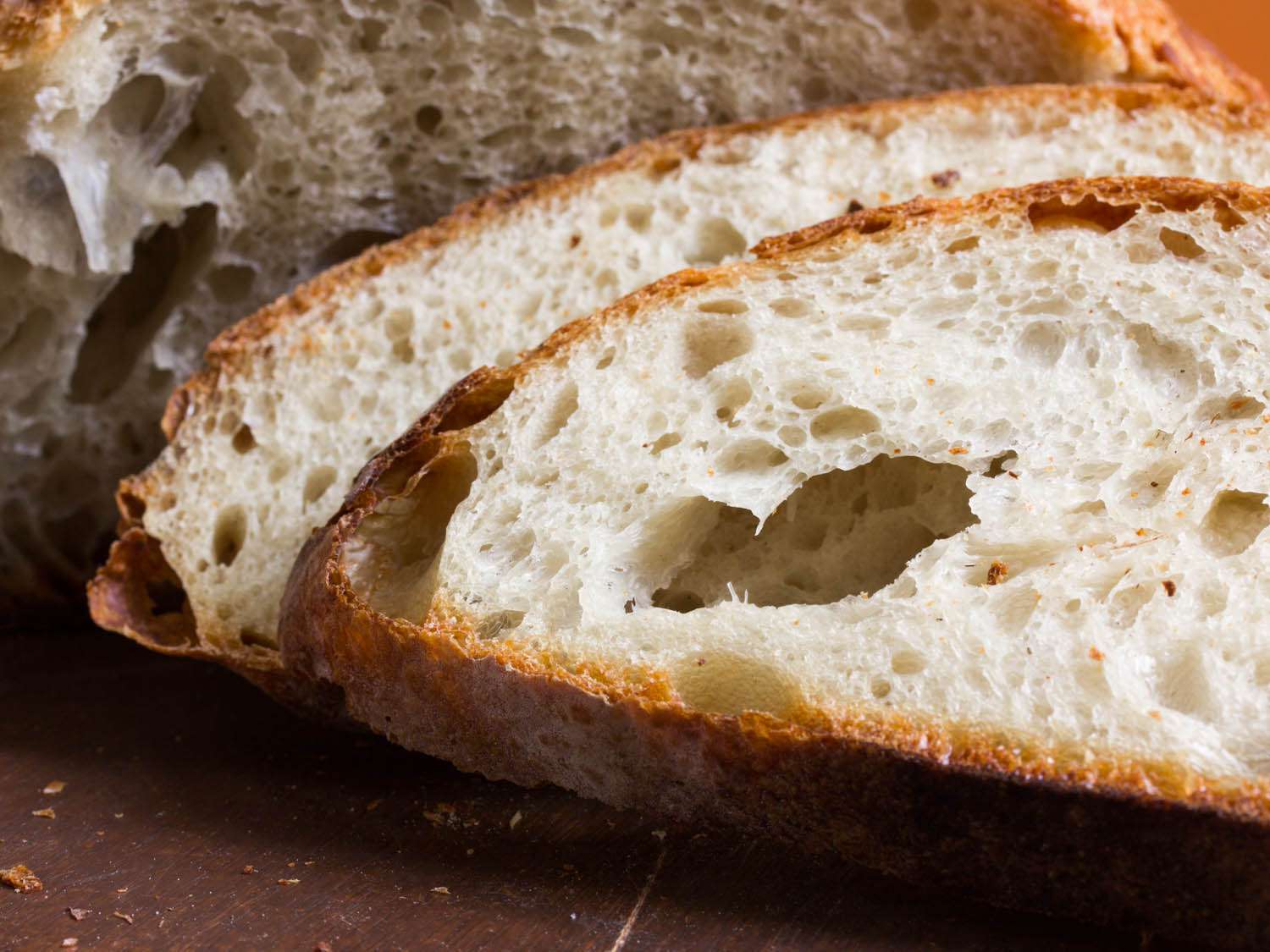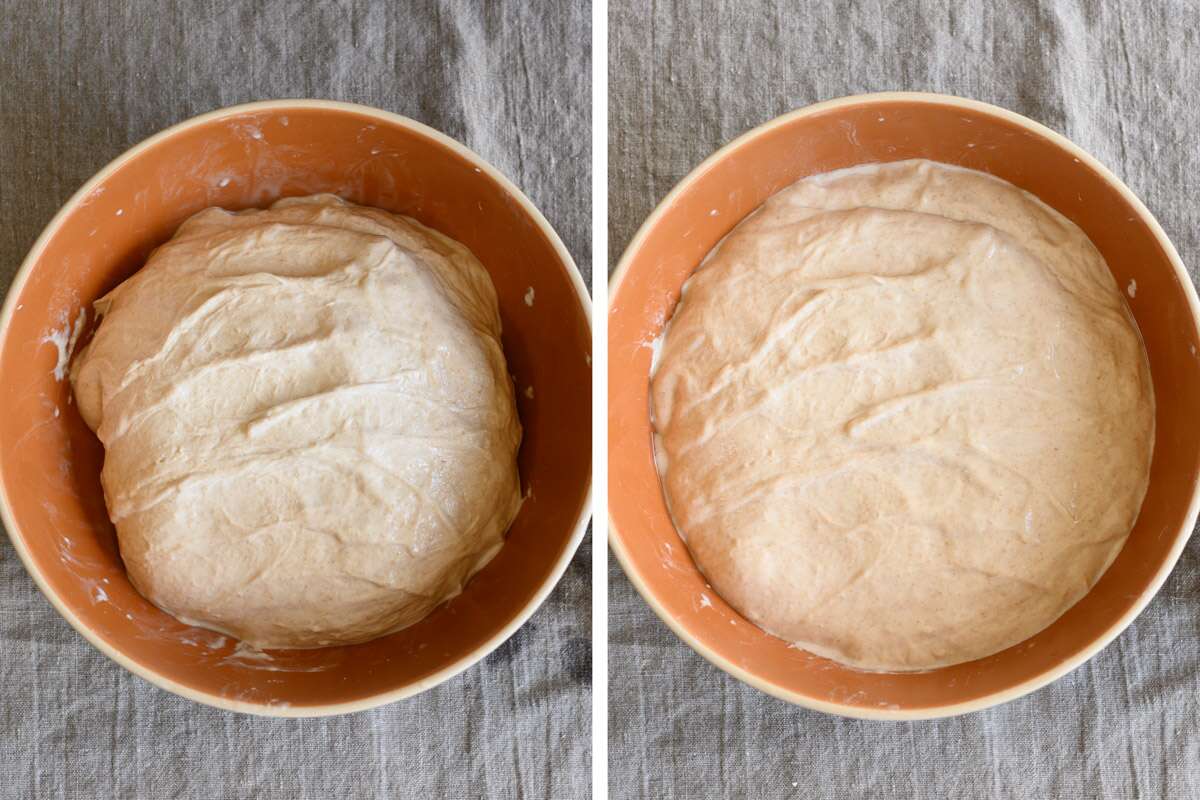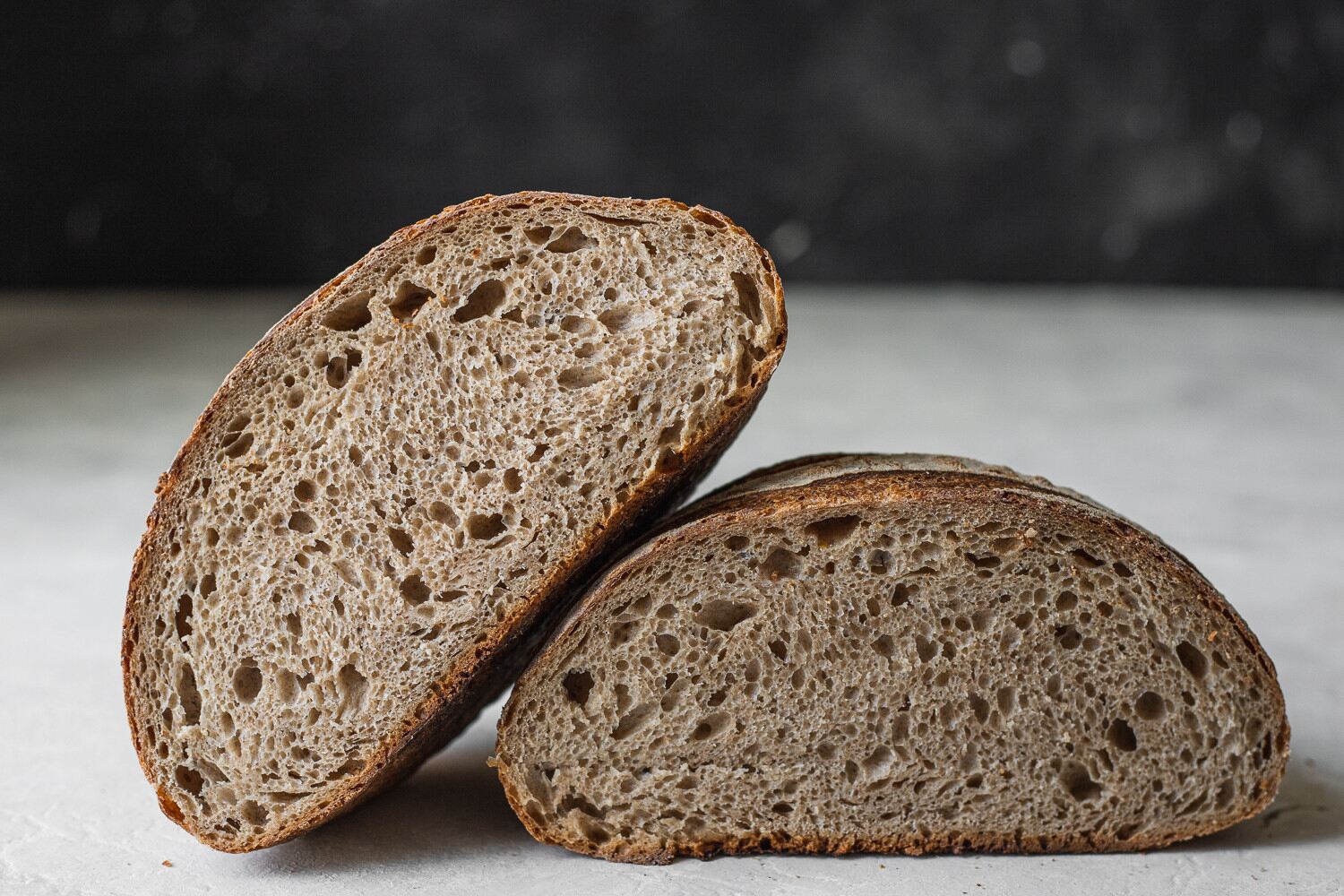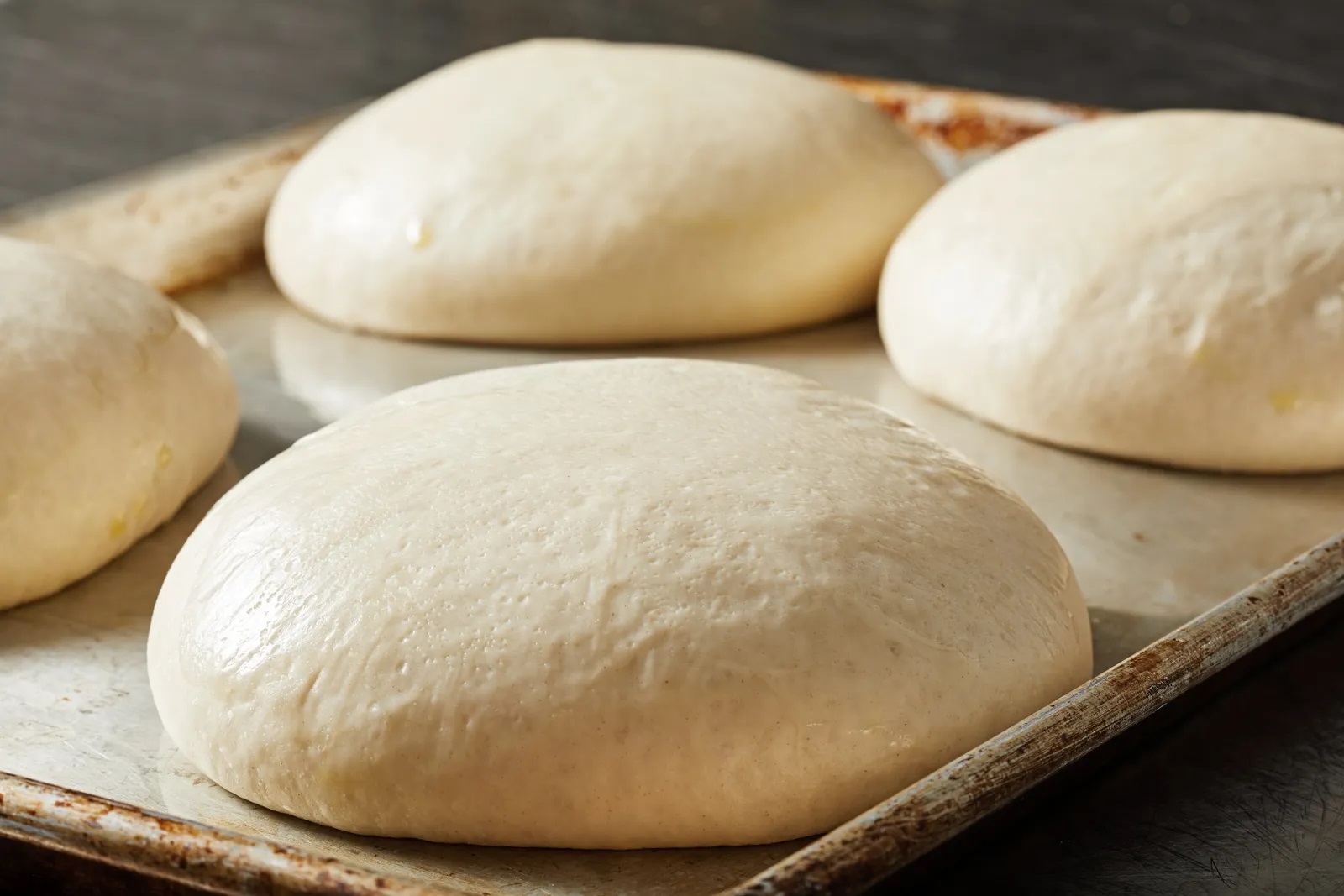Discover the Art of Fermenting Tea Leaves
Are you a tea enthusiast looking to explore new flavors and techniques? Fermenting tea leaves is a fascinating process that can elevate your tea-drinking experience to new heights. Whether you’re a seasoned fermenter or a curious beginner, this guide will walk you through the steps of fermenting tea leaves at home.
Why Ferment Tea Leaves?
Fermentation is a natural process that has been used for centuries to enhance the flavor, aroma, and health benefits of various foods and beverages. When it comes to tea, fermentation can bring out complex flavors and create unique profiles that are not achievable through traditional tea-making methods.
Choosing the Right Tea Leaves
The first step in fermenting tea leaves is selecting the right type of tea. While many types of tea can be fermented, oolong and pu-erh teas are particularly well-suited for this process. Look for high-quality, whole tea leaves to ensure the best results.
The Fermentation Process
Once you have your tea leaves, it’s time to start the fermentation process. Here’s a simple guide to fermenting tea leaves at home:
- Withering: Spread the tea leaves out on a flat surface and allow them to wither for a few hours. This step helps reduce moisture content and prepare the leaves for fermentation.
- Rolling: Gently roll the withered tea leaves to break down their cell walls and release natural juices. This step is crucial for developing the desired flavors and aromas.
- Fermentation: Place the rolled tea leaves in a clean, airtight container and let them ferment for several days to several weeks, depending on the desired level of fermentation. Keep the container in a cool, dark place and check on the leaves regularly.
- Drying: Once the tea leaves have reached the desired level of fermentation, spread them out to dry. This will halt the fermentation process and preserve the flavors for future enjoyment.
Experimenting with Flavors
One of the most exciting aspects of fermenting tea leaves is the opportunity to experiment with different flavors and techniques. You can add herbs, fruits, or spices to the fermentation process to create custom blends that suit your taste preferences. The possibilities are endless, so don’t be afraid to get creative!
Enjoying Fermented Tea
Once your fermented tea leaves are ready, it’s time to brew a cup and savor the fruits of your labor. Experiment with different brewing methods and steeping times to find the perfect balance of flavors. Whether you prefer your tea hot or cold, fermented tea leaves are sure to provide a unique and satisfying drinking experience.
Final Thoughts
Fermenting tea leaves is a rewarding endeavor that allows you to explore the rich and diverse world of tea. By following these simple steps and allowing your creativity to flourish, you can unlock a whole new realm of flavors and aromas in your favorite beverage. So, go ahead, gather your tea leaves, and embark on a journey of fermentation and discovery!
Was this page helpful?
Read Next: How To Ferment Molasses

